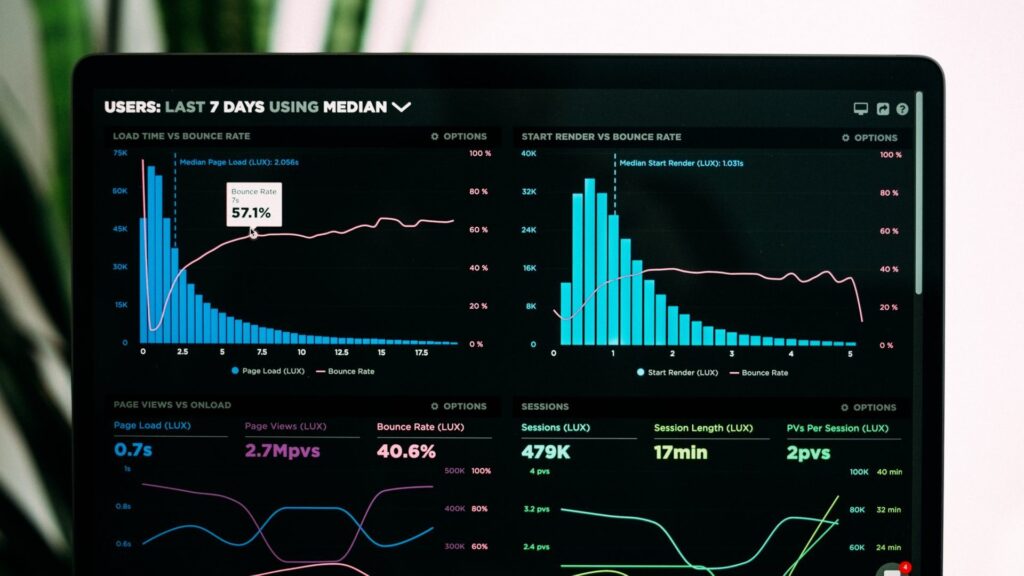How Big Data Analytics & AI are revolutionising risk management analysis
After the global financial crisis, the regulations about Risk Management have become stricter, making it tougher for fintech companies to employ strategies. The risk management mechanism not only needs to be effective but also compliant with all the statutory provisions.
That’s why the focus on high-quality risk management analysis has become doubly crucial these days.
In this blog post, I’ll try to explain how Big Data analytics, Artificial Intelligence and Machine Learning can make risk management analysis more accurate and compliant with all the statutory provisions.
What is risk analysis management?
Risk management analysis refers to the process of formulating strategies that an organisation can employ to eliminate or reduce risks. The general convention is that risk management focuses solely on avoiding or eliminating risks. The reality is that fintech companies and other financial institutions need to accept some risks for optimum functioning and generation of revenues.
Risk Management Analysis is largely about understanding the different types of risk lying before financial institutions and coming up with the most suitable methods to deal with them. Avoiding or eliminating some risks is actually a small part of the process.
Fintech companies need to come up with rational and reasonable solutions for specific risks. To discover the right solutions to different risks, they must analyse the probable impacts. They must understand the nature of these risks while keeping in mind the rewards and revenues they can generate.
Credit risk management analysis is an important area of consideration for fintech companies. It is about evaluating the credentials of individuals, groups and corporations seeking loans from them. Before they issue credit, they need to ensure that applicant is able to repay the loan.
Market risk management analysis is another crucial factor that fintech companies need to handle. Financial markets are unpredictable. With the strong interlinkage between global economies and the advent of Algorithmic Trading, the challenges in market risk management analysis have become significant.
The management and analysis of operational risks is perhaps the biggest area of concern for fintech companies because of the extent of probable impact on individual corporations. Cybercrimes, employee errors, and the significance of emerging technologies have made the analysis of operational risk management exceptionally tough. Operational risks are wide-ranging and can affect many areas.
What are some of the problems faced by fintech companies in risk management analysis?
Optimum risk management analysis is vital in all areas of fintech. Its quality has improved to a great extent but some areas of concern still remain. Here are some of the most crucial ones:
- Management and analysis of cyber risks – The efficiency of unethical hackers and cybercriminals has increased and fintech companies need to handle the risks they pose. Risk management analysis in this area needs to be upgraded constantly by supplementing the latest and most relevant data. The use of Big Data analytics can provide numerous advantages in this area.
- Analysis, monitoring and management of macro-financial risks – Macro-financial problems can have detrimental effects on the functioning of fintech companies. Hence, they need to keep themselves up to date on this front. They also need to tackle them efficiently by formulating optimum strategies.
- Regulatory limitations and related cross-border statutory issues – The constant interactions between fintech companies and other corporations located in different countries, create legal ambiguities. This poses many risks to the entire system and their analysis is essential to keep things on track.
According to reports by the Bank for International Settlements (BIS), the operational risks faced by fintech companies can be systemic as well as idiosyncratic.
The technological interdependence between market players and market infrastructures has risen with the arrival of fintech companies. As a result, the materialisation of minor risks can turn into systemic crises.
The emphasis on high-quality risk management analysis becomes doubly crucial. Risk management analysis in general needs to become modernised with the use of Artificial Intelligence, deep learning technology and Big Data analytics.
How can Big Data improve risk management analysis?
When it comes to risk management, Big Data analytics can play a crucial part in upgrading and quality enhancement. Availability of relevant data and its proper usage implies better identification of risk factors.
Identification and detection will always be the first step in risk management analysis. When this is done properly, other aspects of risk management analysis will improve significantly.
After the identification of risks, the process of risk management analysis concentrates on devising means to handle them in the most effective and financially viable way. The methods and strategies that fintech companies use at this stage determine the overall outcomes. At this point, Big Data analytics can use statistics related to optimum plans for tackling the risks that have been detected.
Voluminous data that comprises information about the situation, stakeholders and the nature of the expected transactions will always present the ideal solution. In the case of multiple viable solutions, the most effective strategy can be used keeping in view the expectations and requirements of specific organisations. The greater the volume of datasets, the higher the chances will be of arriving at tailor–made solutions for each situation.
Big Data analytics is helpful in the analysis of the impact created by the statutory provisions of different countries and international laws. It would present relevant data on the subject. Hence, the impact can be quantified and assessed leading to a substantial boost in the standards of risk management. The strategies made to tackle and handle the risks will become far more effective and useful.
Predicting and assessing the macro trends of markets has always been a tough task for financial analysts. The macroeconomic aspects of risk management stand to gain more than all other facets with the advent of Big Data analytics. Using outdated data for predictions and analysis has negative effects on the accuracy of risk management analysis plans.
With Big Data analytics, fintech companies can ensure all their information is up to date and accurate. Big Data analytics can compile understandable data sets leading to better decision making. Here, the benefits offered by Big Data analytics will ensure that risk management analysis is accurate and up to date.
How does Spyrosoft approach Big Data Analytics, AI and ML?
We can say with all the confidence that Spyrosoft excels in all areas of Big Data analytics, AI and ML and therefore provides clients with the highest standards of risk management analysis. We take pride in our commitment to updating and processing the largest relevant datasets with the help of the latest Big Data analytics technology.
After detecting the risk factors, our services will also play a vital role in establishing the most suitable methods to tackle risks. By using Big Data analytics, we can predict which risks are most likely to occur, as well as those with the maximum financial impact.
Together, these two factors will give you an excellent risk management strategy based on your current situation.
About the author
RECOMMENDED ARTICLES




